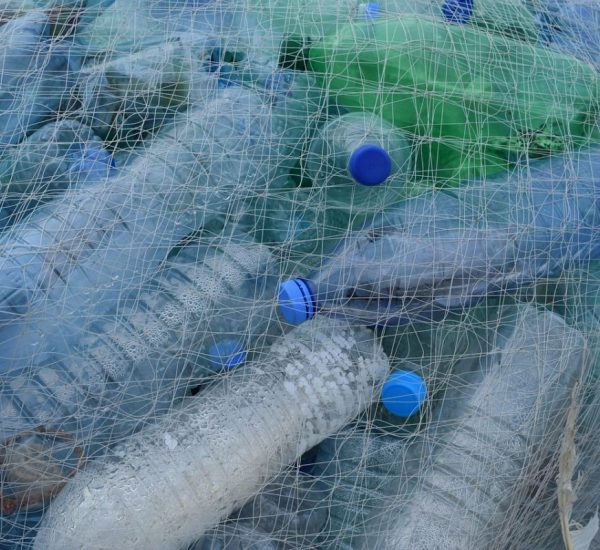Americans alone are responsible for producing a hopping 220 million tons of waste a year. This number is far more than any other nation in the world. Because of this fact both the government and environmental associations have developed numerous methods of dealing with the problem. Waste management is that solution, a rather complex issue that encompasses more than 20 different industries. Waste management is collection, transportation, and disposal of garbage, sewage and other waste products.
Waste management is the process of treating solid wastes and offers variety of solutions for recycling items that don’t belong to trash. It is about how garbage can be used as a valuable resource. Waste management is something that each and every household and business owner in the world needs. Waste management disposes of the products and substances that you have use in a safe and efficient manner.
“Waste management systems or Waste disposal is all the activities and actions required to manage waste from its inception to its final disposal. This includes amongst other things, collection, transport, treatment and disposal of waste together with monitoring and regulation. It also encompasses the legal and regulatory framework that relates to waste management encompassing guidance on recycling etc.”
You will find there are eight major groups of waste management methods, each of them divided into numerous categories. Those groups include source reduction and reuse, animal feeding, recycling, composting, fermentation, landfills, incineration and land application. You can start using many techniques right at home, like reduction and reuse, which works to reduce the amount of disposable material used.
Although there are many methods available to dispose off waste. Let’s take a look at some of the most commonly used methods that you should know about waste management.
Landfills
Throwing daily waste/garbage in the landfills is the most popularly used method of waste disposal used today. This process of waste disposal focuses attention on burying the waste in the land. Landfills are commonly found in developing countries. There is a process used that eliminates the odors and dangers of waste before it is placed into the ground. While it is true this is the most popular form of waste disposal, it is certainly far from the only procedure and one that may also bring with it an assortment of space.
This method is becoming less these days although, thanks to the lack of space available and the strong presence of methane and other landfill gases, both of which can cause numerous contamination problems. Landfills give rise to air and water pollution which severely affects the environment and can prove fatal to the lives of humans and animals. Many areas are reconsidering the use of landfills.
Incineration/Combustion
Incineration or combustion is a type disposal method in which municipal solid wastes are burned at high temperatures so as as to convert them into residue and gaseous products. The biggest advantage of this type of method is that it can reduce the volume of solid waste to 20 to 30 percent of the original volume, decreases the space they take up and reduce the stress on landfills.
This process is also known as thermal treatment where solid waste materials are converted by Incinerators into heat, gas, steam and ash. Incineration is something that is very in countries where landfill space is no longer available, which includes Japan.
Recovery and Recycling
Resource recovery is the process of taking useful discarded items for a specific next use. These discarded items are then processed to extract or recover materials and resources or convert them to energy in the form of useable heat, electricity or fuel.
Recycling is the process of converting waste products into new products to prevent energy usage and consumption of fresh raw materials. Recycling is the third component of Reduce, Reuse and Recycle waste hierarchy. The idea behind recycling is to reduce energy usage, reduce volume of landfills, reduce air and water pollution, reduce greenhouse gas emissions and preserve natural resources for future use.




